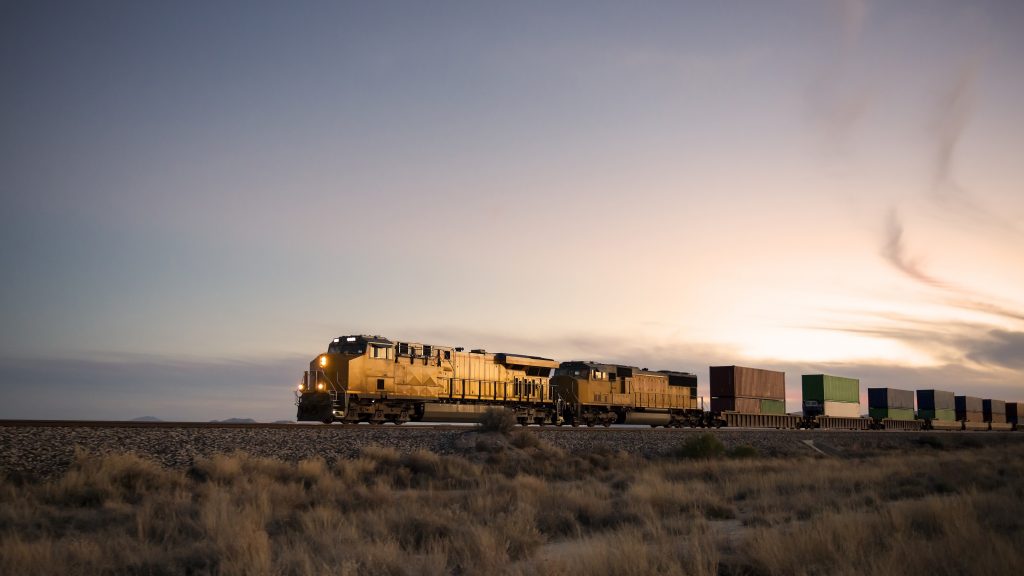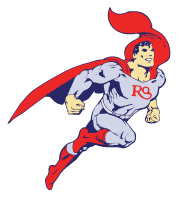You must have heard both of these terms but probably do not know the difference between a train and a locomotive. Many people think that trains and locomotives are synonymous and can be used interchangeably. However, this is not the case as train and locomotive do not refer to the same thing. Here is the difference between them.
Trains
A train is any vehicle that runs on guide rails, also known as a railway track. Miners used wooden or iron wagons for hundreds of years to move rock, coal, and ore in trucks. Railways existed long before locomotives were developed. From the mid-1500s onwards, railways were used to move heavy wagon-loads along tunnels. Others were built to carry coal from coal mines to ships in nearby rivers and harbors. However, these wagons were not powered, and miners used to pull or push them manually. In some cases, animals were also used for this daunting task.
Some wagons could freewheel downhill as well, controlled by a driver whose job was to operate the brakes with the help of a brake lever. In order to power these trains, locomotives were developed. This enabled us to develop passenger and freight trains that could travel far more distances as compared to a manually powered wagon. Since then, trains transformed into a popular form of transportation. Cities that had once seemed far apart suddenly felt much closer together, because people and good could move between them in hours rather than days. In some places, new towns and markets sprang up alongside railway tracks.
Locomotives
A locomotive is a specialized type of train car which is used to run the whole train. The locomotive is self-propelled, generating energy through the burning of fuel, the use of electricity, magnetic levitation, or other methods. Locomotives can be used to either push or pull train cars. The locomotive is now used all over the world, propelling passengers and freight to various locations.
Locomotives are usually extremely powerful as they have to pull or push a series of train cars. They can pull long strings of heavy cars on both flat surfaces and grades. You can think of locomotives as the powerhouse for trains. Locomotives were developed in the 1800s. These initial versions were powered by steam. They enabled the construction of railroads, which rapidly grew into the most dominant method of land transportation.
Although the classic image of a locomotive displays its placement at the head of the train, it can also be placed at the back when it is employed for pushing the train. Some railroads also use push-pull operations, in which a locomotive pulls a train in one direction and pushes it in the other. This eliminates the need for time-consuming track switching, as the train can move easily in either direction.
When you see an engine running on a railway track without coaches behind it, that is not a train. That is a locomotive traveling on its own. However, when it used to haul the wagons or coaches, the whole unit can be called a train. Though it is common for people to call any system running on rails as a train, it is a vehicle system that consists of a locomotive that provides power and a series of interconnected carriages.


